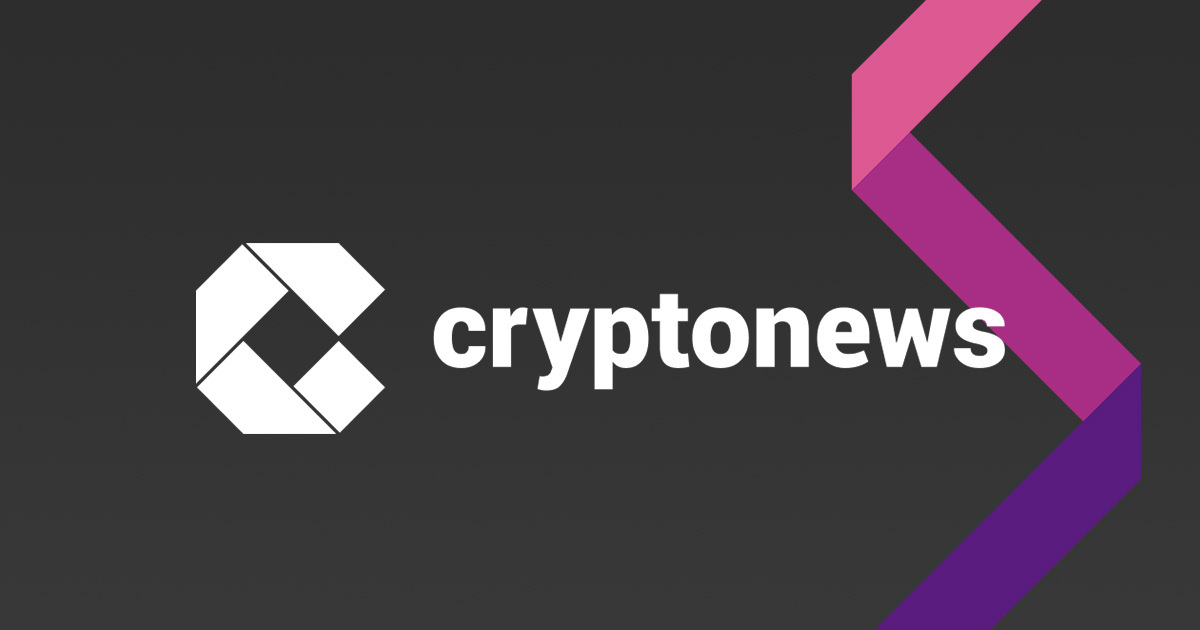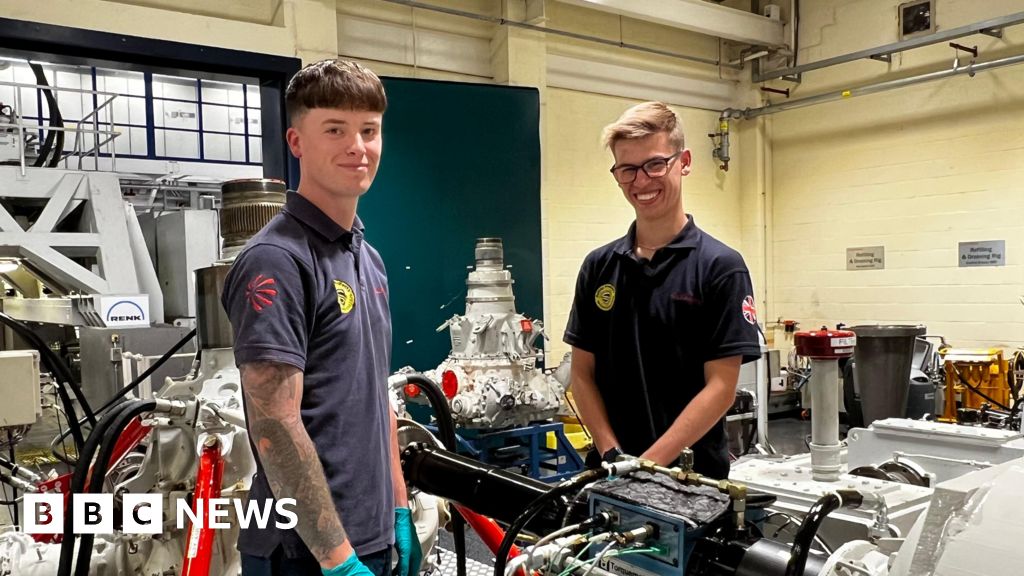Lifelong learning is a key component of success for modern organizations. It has become a priority for most HR teams, CHROs and C-suite leaders, particularly as they manage rising challenges such as retaining employees, remaining competitive and training new leaders for the future.
Like all other HR priorities, efforts to create a culture of lifelong learning must be examined through a multigenerational lens, with HR considering each generation’s unique learning needs and how to keep them interested in investing in themselves and their careers.
For instance, many Baby Boomers and Gen X employees seek to update their digital skills while also pivoting “their careers toward more interesting, impactful and meaningful work,” Rachele Focardi, founder of XYZ@Work, tells HRM Asia.
“However, they often feel that such opportunities are either not available internally or are reserved for younger employees,” she says. “Therefore, companies need to help these employees develop the skills needed to make such transitions.”
Meanwhile, millennials and Gen Z employees are typically more comfortable with digital tools but still crave continuous development, particularly in interactive and tech-powered modalities.
“They can become frustrated by traditional, lecture-based training methods that do not engage them or leverage the digital tools they are accustomed to using,” Focardi says. “They are also keen to learn from the experiences of their senior colleagues, seeking to develop strategic thinking, networking and soft skills, as well as understanding how to work effectively with clients.”
One way to address the diverse development needs of these generations is through cross-generational mentoring programs, such as two-way mentoring, Focardi explains. This can help older employees feel valued as they share their extensive experiences but also allow them to learn about digital tools from younger colleagues.
“Two-way mentoring enables senior employees to mentor on strategic thinking and client management, fostering mutual respect and a cohesive work environment,” she says. Organizations, including Mitsubishi UFJ Financial Group, Proctor & Gamble and Maserati, have effectively implemented such initiatives, showcasing the benefits of leveraging the unique strengths of each generation of employees.
Focardi also recommends removing barriers to learning. For instance, GroupM creates multigenerational and multifunctional teams that support each other throughout the learning journey. By reducing obstacles to lifelong learning, GroupM gamifies the process and fosters a collaborative and competitive environment.
“The program offered over 100 training modules tailored to different skill levels, and by assigning points for completed modules and updating a live leaderboard, GroupM tapped into employees’ competitive spirit,” Focardi says. “This gamified approach made learning engaging and fostered mutual support among team members, leading to over 1,500 certifications in just three months.”
However, managing the learning journeys of multigenerational employees can present challenges for HR, including bridging technological gaps and navigating different communication styles and attitudes toward learning.
“Organizations can remove these barriers by fostering an inclusive learning culture that values and leverages the strengths of all generations,” she says. This can include creating collaborative learning environments where employees can learn together within the workplace.
For example, DBS uses organizational management approach Appreciative Inquiry—focused on driving positive self-change—she says, “to build confidence among senior employees by focusing on positive past learning experiences. By creating a supportive and enjoyable learning environment, DBS enabled senior employees to embrace new skills without feeling vulnerable or threatened.”
Focardi also recommends that organizations invest in tailored training programs that cater to the specific needs of each generation. This can include offering flexible learning formats, such as online courses, webinars and interactive workshops that accommodate the different learning preferences of employees, regardless of age. By providing continuous feedback and creating opportunities for open dialogue among employees across generations, leaders can encourage mutual understanding and collaboration. This will help enhance skills and create a more cohesive work environment.
Ultimately, Focardi says, creating a culture of lifelong learning involves promoting a growth mindset, where employees view learning as an ongoing journey.
“In today’s disruptive and VUCA [Volatile, Uncertain, Complex, Ambiguous] environment, continuous learning is essential for everyone, regardless of generation. Making this clear to employees is crucial,” she says. “Offering diverse learning opportunities and providing recognition for continuous learning can motivate employees to engage in ongoing skill development.”
Credit: Source link











